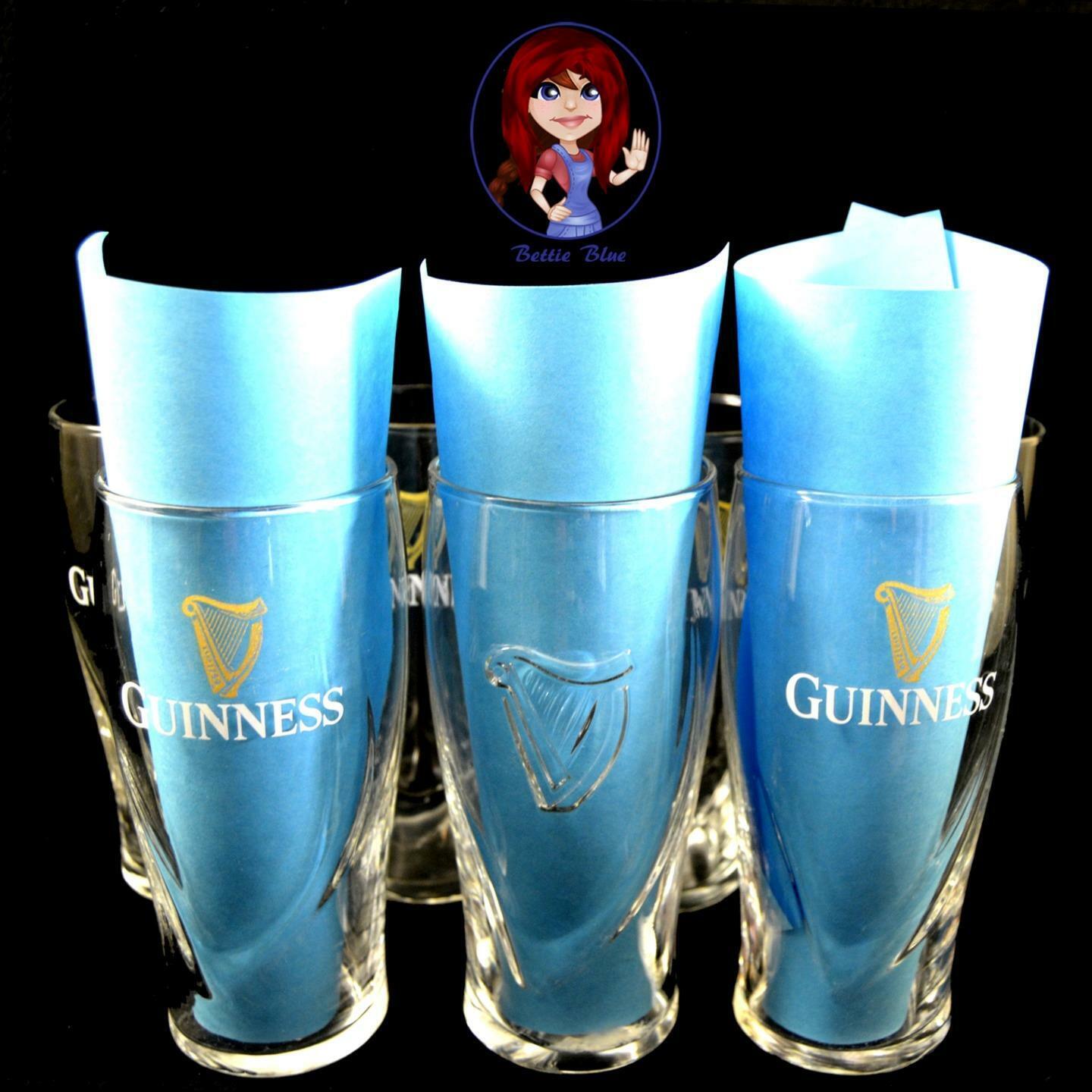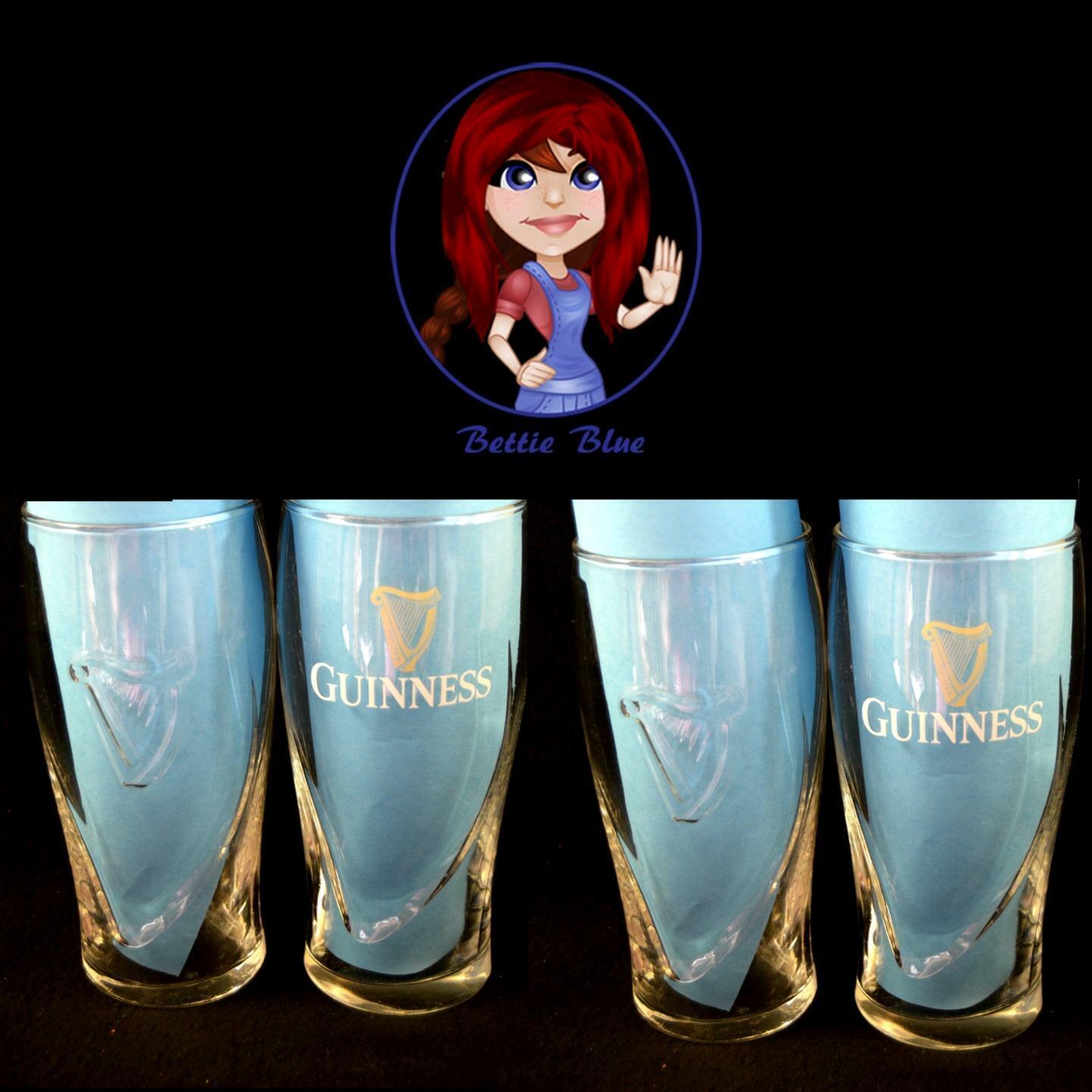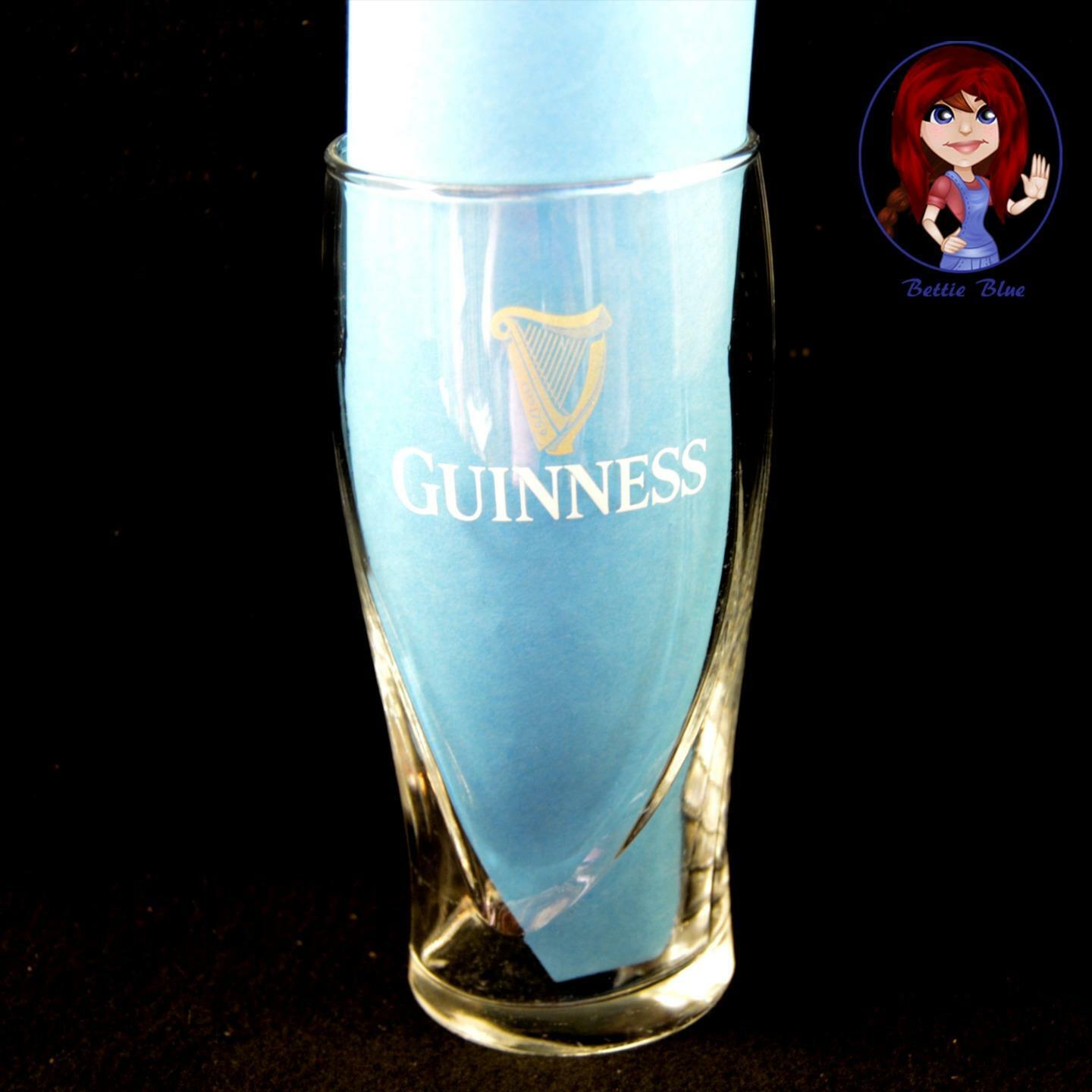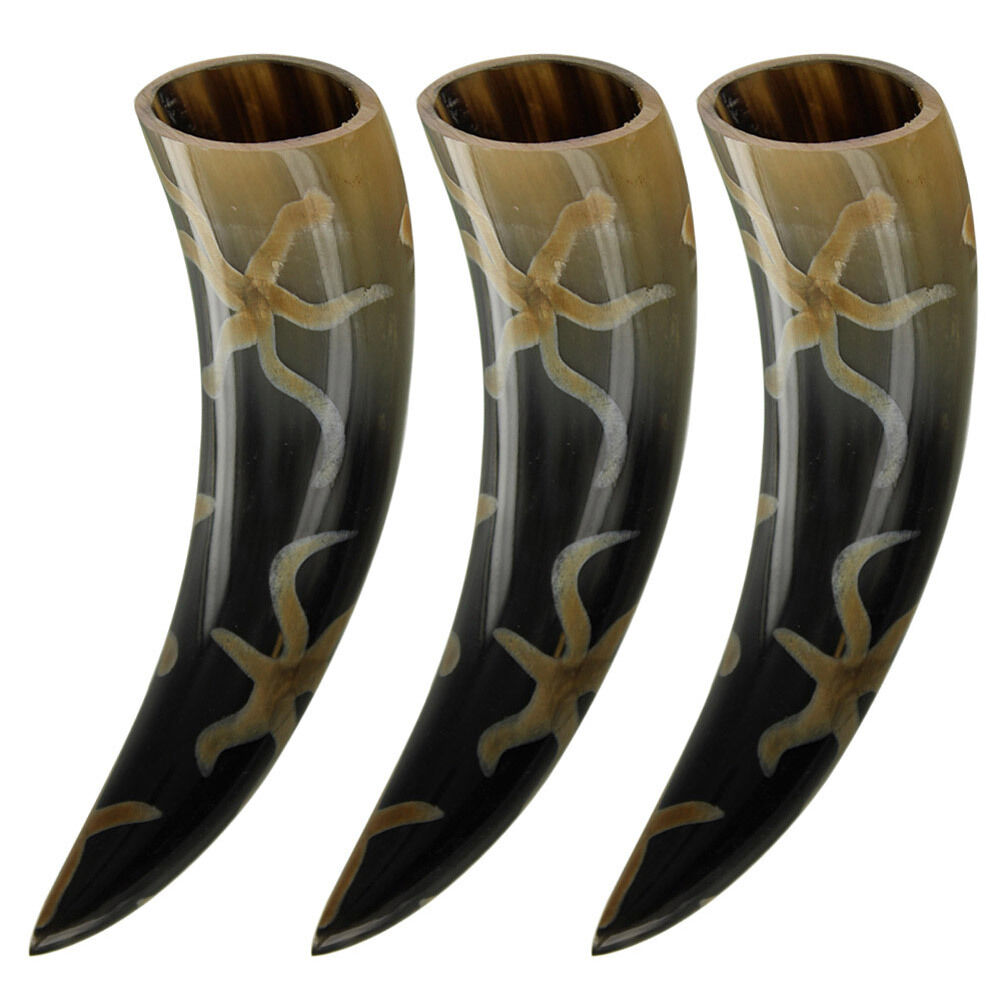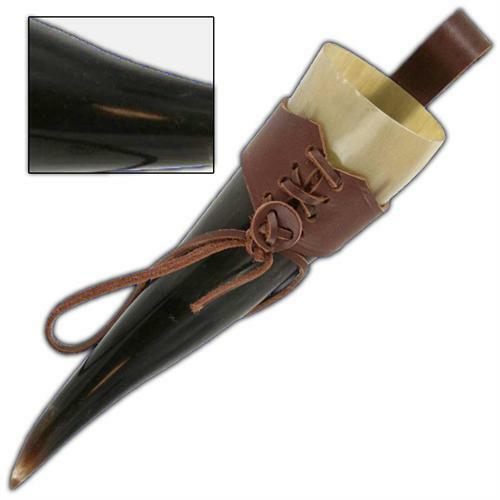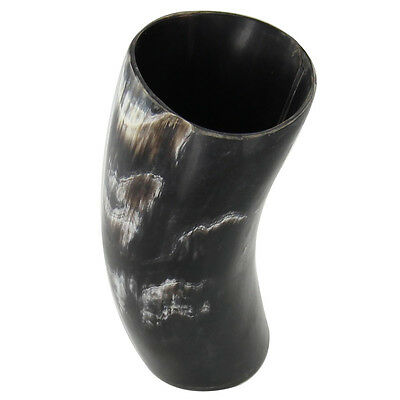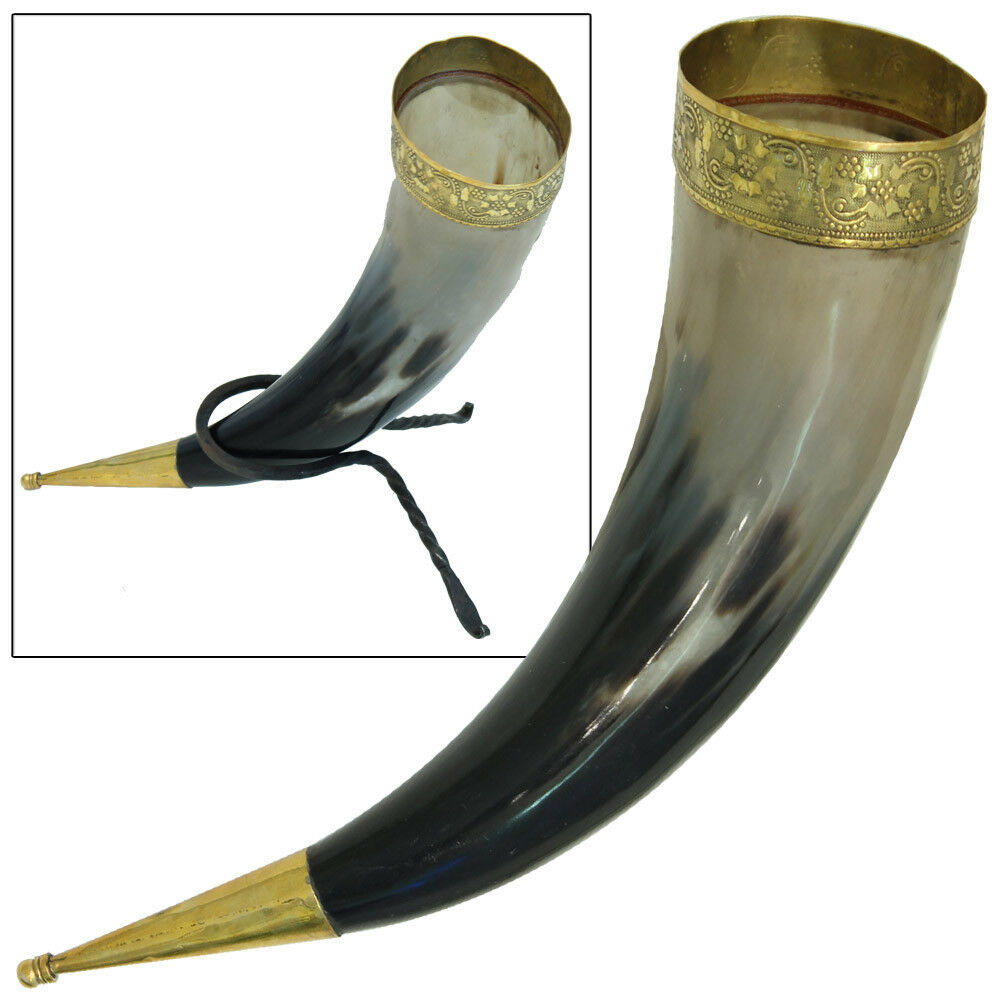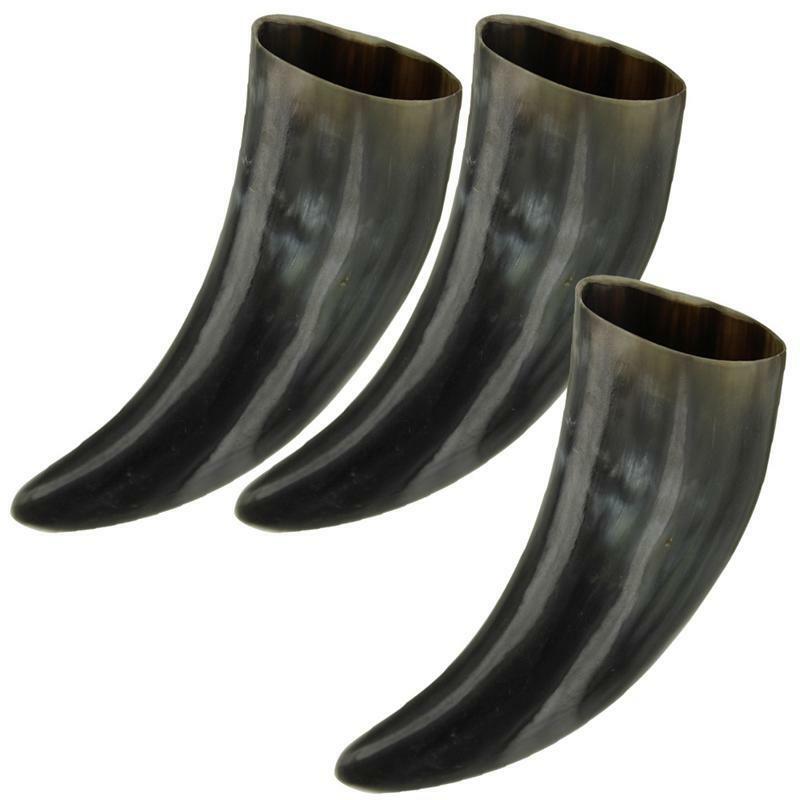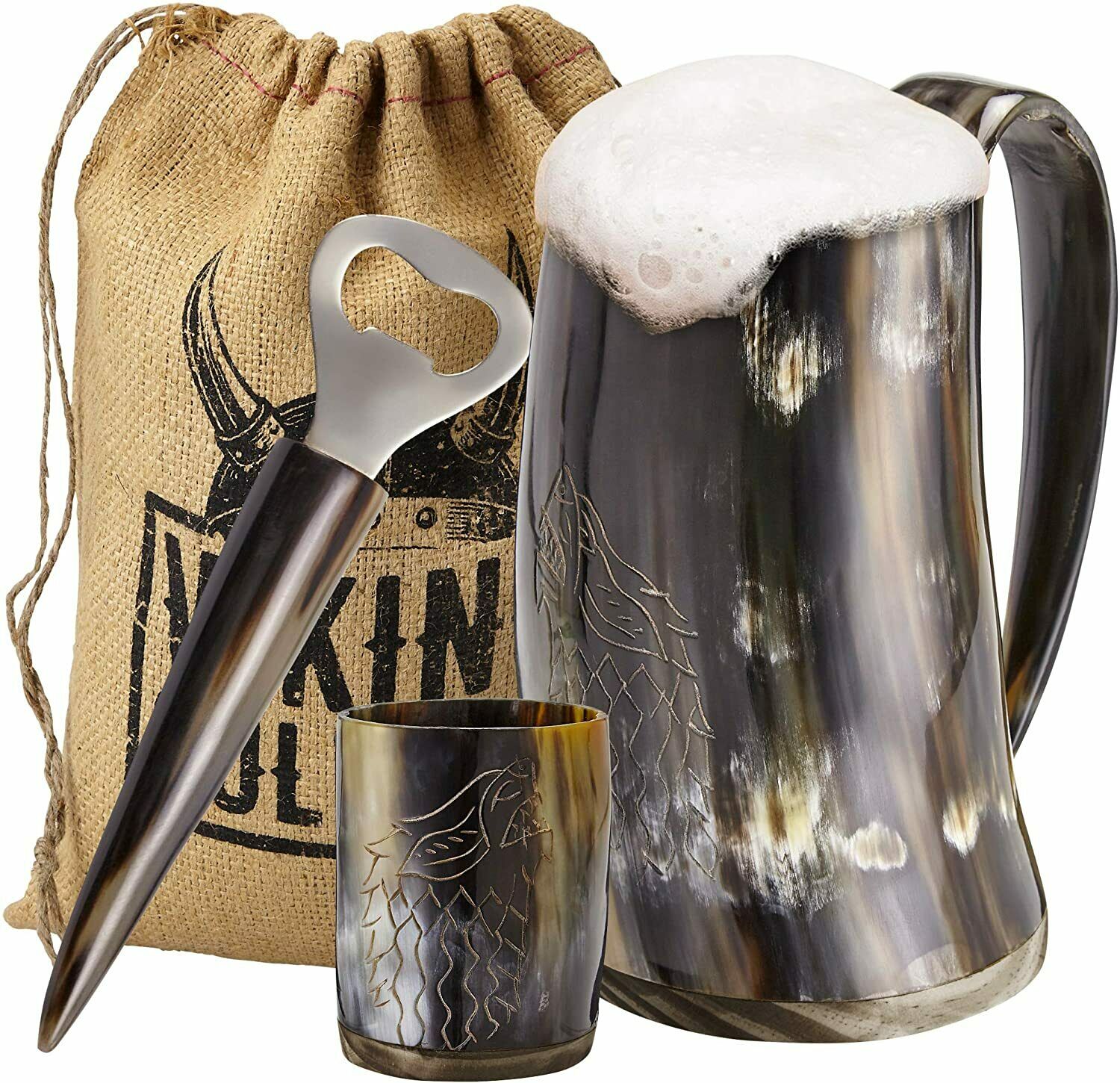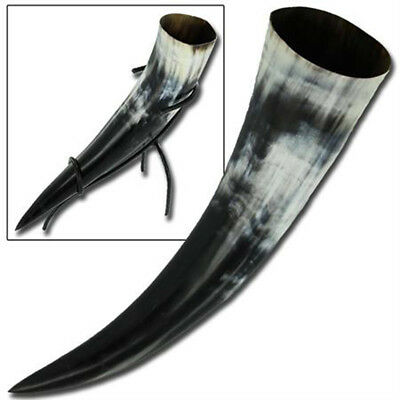-40%
Guinness Beer 20oz Tulip Gold Harp Embossed Gravity Pint Glass Mint Condition!
$ 10.53
- Description
- Size Guide
Description
Guinness Beer 20oz Tulip Gold Harp Embossed Gravity Pint Glass Mint Condition! These Guinness Beer 20oz glasses are in mint condition and are glasses are approximately 7" tall. The clear glass has the Guinness brand and a golden harp on one side and a embossed harp on the back. These would be a Great addition for the collector or even for everyday use! Enjoy your favorite beverage from one of these collector glasses! A Little History of Guinness according to Wikipedia: Arthur Guinness started brewing ales in 1759 at the St. James's Gate Brewery, Dublin. On 31 December 1759, he signed a 9,000 year lease at £45 per annum for the unused brewery. Ten years later, on 19 May 1769, Guinness first exported his ale: he shipped six-and-a-half barrels to Great Britain. Arthur Guinness started selling the dark beer porter in 1778. The first Guinness beers to use the term were Single Stout and Double Stout in the 1840s. Throughout the bulk of its history, Guinness produced only three variations of a single beer type: porter or single stout, double or extra and foreign stout for export. "Stout" originally referred to a beer's strength, but eventually shifted meaning toward body and color. Porter was also referred to as "plain", as mentioned in the famous refrain of Flann O'Brien's poem "The Workman's Friend": "A pint of plain is your only man." Already one of the top-three British and Irish brewers, Guinness's sales soared from 350,000 barrels in 1868 to 779,000 barrels in 1876. In October 1886 Guinness became a public company and was averaging sales of 1.138 million barrels a year. This was despite the brewery's refusal to either advertise or offer its beer at a discount. Even though Guinness owned no public houses, the company was valued at £6 million and shares were 20 times oversubscribed, with share prices rising to a 60 per cent premium on the first day of trading. The breweries pioneered several quality control efforts. The brewery hired the statistician William Sealy Gosset in 1899, who achieved lasting fame under the pseudonym "Student" for techniques developed for Guinness, particularly Student's t-distribution and the even more commonly known Student's t-test. By 1900 the brewery was operating unparalleled welfare schemes for its 5,000 employees. By 1907 the welfare schemes were costing the brewery £40,000 a year, which was one-fifth of the total wages bill. The improvements were suggested and supervised by Sir John Lumsden. By 1914, Guinness was producing 2.652 million barrels of beer a year, which was more than double that of its nearest competitor Bass, and was supplying more than 10 per cent of the total UK beer market. When the First World War broke out in 1914, employees at Guinness St. James Brewery were encouraged to join the British forces. Over 800 employees served in the war. This was made possible due to a number of measures put in place by Guinness: soldiers' families were paid half wages, and jobs were guaranteed upon their return. Of the 800 employees who fought, 103 did not return. During the Second World War, the demand for Guinness among the British was one of the main reasons why the UK lifted commerce restrictions imposed in 1941 to force Ireland into supporting the allies. Before 1939, if a Guinness brewer wished to marry a Catholic, his resignation was requested. According to Thomas Molloy, writing in the Irish Independent, "It had no qualms about selling drink to Catholics but it did everything it could to avoid employing them until the 1960s." Guinness thought they brewed their last porter in 1973. In the 1970s, following declining sales, the decision was taken to make Guinness Extra Stout more "drinkable". The gravity was subsequently reduced, and the brand was relaunched in 1981. Pale malt was used for the first time, and isomerised hop extract began to be used. In 2014, two new porters were introduced: West Indies Porter and Dublin Porter. Guinness acquired the Distillers Company in 1986. This led to a scandal and criminal trial concerning the artificial inflation of the Guinness share price during the takeover bid engineered by the chairman, Ernest Saunders. A subsequent £5.2 million success fee paid to an American lawyer and Guinness director, Tom Ward, was the subject of the case Guinness plc v Saunders, in which the House of Lords declared that the payment had been invalid. In the 1980s, as the IRA's bombing campaign spread to London and the rest of Britain, Guinness considered scrapping the Harp as its logo. The company merged with Grand Metropolitan in 1997 to form Diageo. Due to controversy over the merger, the company was maintained as a separate entity within Diageo and has retained the rights to the product and all associated trademarks of Guinness.Guinness Beer 20oz Tulip Gold Harp Embossed Gravity Pint Glass Mint Condition!
Guinness Beer 20oz Tulip Gold Harp Embossed Gravity Pint Glass Mint Condition!
Click images to enlarge
Description
Guinness Beer 20oz Tulip Gold Harp Embossed Gravity Pint Glass Mint Condition!
These Guinness Beer 20oz glasses are in mint condition and are glasses are approximately 7" tall. The clear glass has the Guinness brand and a golden harp on one side and a embossed harp on the back. These would be a Great addition for the collector or even for everyday use!
Enjoy your favorite beverage from one of these collector glasses!
A Little History of Guinness according to Wikipedia:
Arthur Guinness started brewing ales in 1759 at the St. James's Gate Brewery, Dublin. On 31 December 1759, he signed a 9,000 year lease at £45 per annum for the unused brewery. Ten years later, on 19 May 1769, Guinness first exported his ale: he shipped six-and-a-half barrels to Great Britain.
Arthur Guinness started selling the dark beer porter in 1778. The first Guinness beers to use the term were Single Stout and Double Stout in the 1840s. Throughout the bulk of its history, Guinness produced only three variations of a single beer type: porter or single stout, double or extra and foreign stout for export. "Stout" originally referred to a beer's strength, but eventually shifted meaning toward body and color. Porter was also referred to as "plain", as mentioned in the famous refrain of Flann O'Brien's poem "The Workman's Friend": "A pint of plain is your only man."
Already one of the top-three British and Irish brewers, Guinness's sales soared from 350,000 barrels in 1868 to 779,000 barrels in 1876. In October 1886 Guinness became a public company and was averaging sales of 1.138 million barrels a year. This was despite the brewery's refusal to either advertise or offer its beer at a discount. Even though Guinness owned no public houses, the company was valued at £6 million and shares were 20 times oversubscribed, with share prices rising to a 60 per cent premium on the first day of trading.
The breweries pioneered several quality control efforts. The brewery hired the statistician William Sealy Gosset in 1899, who achieved lasting fame under the pseudonym "Student" for techniques developed for Guinness, particularly Student's t-distribution and the even more commonly known Student's t-test.
By 1900 the brewery was operating unparalleled welfare schemes for its 5,000 employees. By 1907 the welfare schemes were costing the brewery £40,000 a year, which was one-fifth of the total wages bill. The improvements were suggested and supervised by Sir John Lumsden. By 1914, Guinness was producing 2.652 million barrels of beer a year, which was more than double that of its nearest competitor Bass, and was supplying more than 10 per cent of the total UK beer market.
When the First World War broke out in 1914, employees at Guinness St. James Brewery were encouraged to join the British forces. Over 800 employees served in the war. This was made possible due to a number of measures put in place by Guinness: soldiers' families were paid half wages, and jobs were guaranteed upon their return. Of the 800 employees who fought, 103 did not return.
During the Second World War, the demand for Guinness among the British was one of the main reasons why the UK lifted commerce restrictions imposed in 1941 to force Ireland into supporting the allies.
Before 1939, if a Guinness brewer wished to marry a Catholic, his resignation was requested. According to Thomas Molloy, writing in the Irish Independent, "It had no qualms about selling drink to Catholics but it did everything it could to avoid employing them until the 1960s."
Guinness thought they brewed their last porter in 1973. In the 1970s, following declining sales, the decision was taken to make Guinness Extra Stout more "drinkable". The gravity was subsequently reduced, and the brand was relaunched in 1981. Pale malt was used for the first time, and isomerised hop extract began to be used. In 2014, two new porters were introduced: West Indies Porter and Dublin Porter.
Guinness acquired the Distillers Company in 1986. This led to a scandal and criminal trial concerning the artificial inflation of the Guinness share price during the takeover bid engineered by the chairman, Ernest Saunders. A subsequent £5.2 million success fee paid to an American lawyer and Guinness director, Tom Ward, was the subject of the case Guinness plc v Saunders, in which the House of Lords declared that the payment had been invalid.
In the 1980s, as the IRA's bombing campaign spread to London and the rest of Britain, Guinness considered scrapping the Harp as its logo.
The company merged with Grand Metropolitan in 1997 to form Diageo. Due to controversy over the merger, the company was maintained as a separate entity within Diageo and has retained the rights to the product and all associated trademarks of Guinness.
Click on Bettie Blue image below to see more great items in our eBay store!
NOTE: All glassware is packaged very carefully to prevent damage during shipping.
Payment
We Gladly except eBay payments for all transactions.
Shipping
Shipping: Most orders are shipped within one business day excluding holidays and weekends.
About Us
Bettie Blue Products is a div of: The 925 Group, LLC. We seek out the latest trending, popular products and collectibles from around the world and provide the best value to our customers.
Click Here
to visit our eBay store today and see the 100's of treasures we offer our customers!
We strive to not just provide "Good Customer Service" like some companies try to provide, rather our goal is to provide
"100% AWARD WINNING CUSTOMER SERVICE"
to all of our customers!
NOTE: Due to the nature of the items we sell here on eBay, we have no way of knowing for certain what chemicals make up the compounds found inside each of the items, so as per California law (Prop 65) we are now required to put the following warning on all of our listings.
"This item may contain chemicals known to the state of California to cause possible cancer and reproductive harm".
www.p65warning.ca.gov
Contact Us
Contact Us: If you have any questions or concerns feel free to message us through eBay messages and we will respond promptly.
Pictures sell!
Auctiva offers Free Image Hosting and Editing.
300+
Listing Templates!
Auctiva gets you noticed!
The complete eBay Selling Solution.
Track Page Views With
Auctiva's FREE Counter
